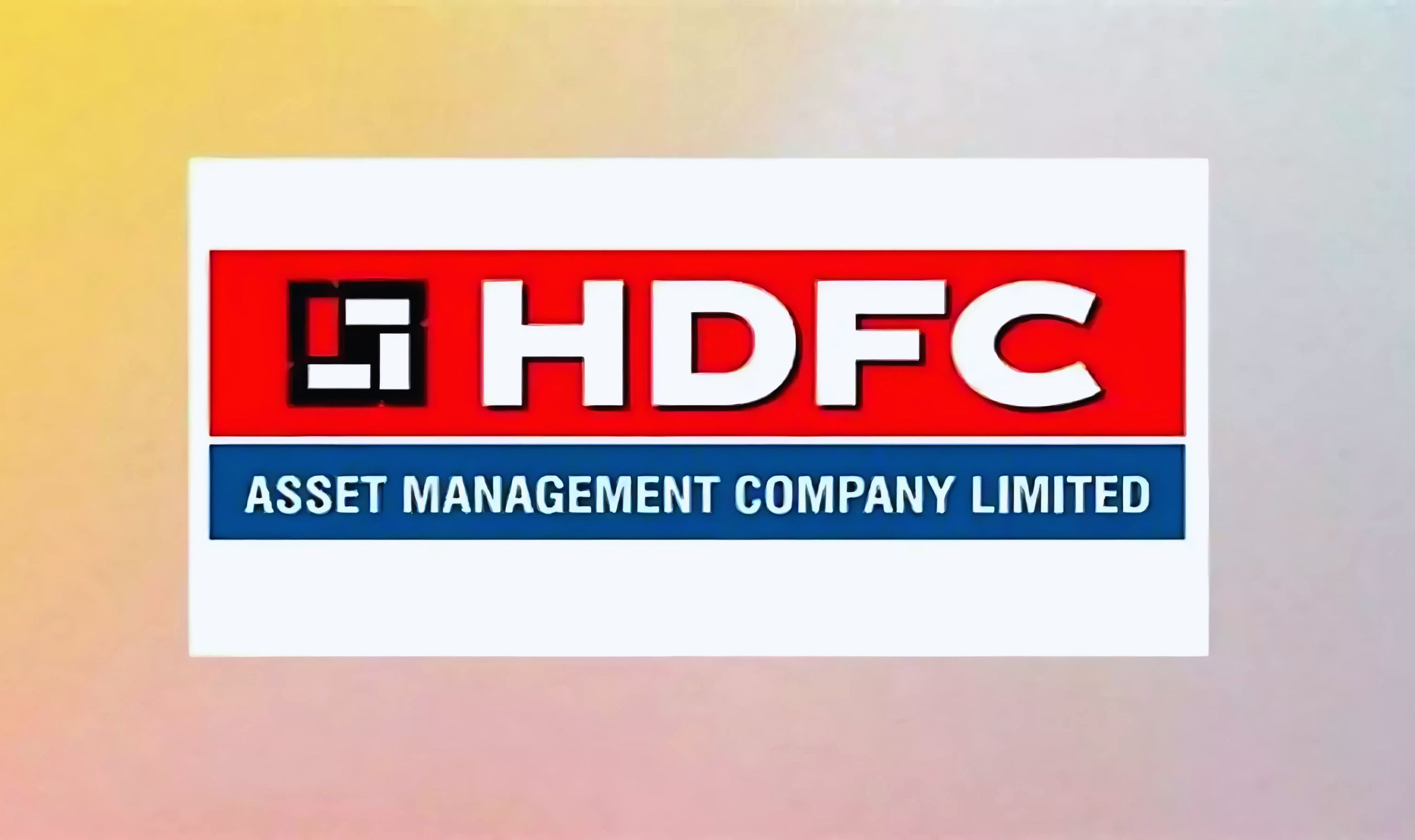Shares of Tata Motors rose by 1% to ₹688 in morning trade on February 19, marking a rebound after a fall on the previous day. This uptick comes in the wake of CLSA’s decision to upgrade the stock to a “high conviction outperform” rating, signalling positive growth potential despite short-term challenges. The global investment bank has set an ambitious target price of ₹930 for Tata Motors, implying a 36.3% upside potential from the last closing price.
In this post, we’ll take a deeper look at why Tata Motors’ stock is seeing a boost, explore CLSA’s rationale behind its upgrade, and analyze the factors that could affect the stock’s performance in the coming months.
Tata Motors Stock Performance: Recent Trends and CLSA’s Outlook
Tata Motors stock has faced considerable volatility in recent months, with a notable 12% drop in the past month alone. The stock is currently down 50% from its all-time high, sparking concern among investors. However, CLSA’s upgraded rating presents an interesting opportunity for potential investors. According to CLSA analysts, despite the near-term challenges, Tata Motors presents an attractive entry point for long-term investors.
The international brokerage firm’s assessment suggests that the stock is undervalued based on its current fundamentals and potential for growth in the medium term. In particular, CLSA highlights the stock’s underperformance, which has resulted in a situation where the valuation of the company’s key business segments, notably Jaguar Land Rover (JLR), is significantly lower than its historical multiples. Let’s dive deeper into the factors behind this analysis.
The JLR Factor: A Major Component of Tata Motors’ Valuation
One of the major reasons for CLSA’s bullish outlook on Tata Motors is the valuation of Jaguar Land Rover, the British luxury vehicle maker that is a key contributor to the company’s earnings. At the time of the CLSA upgrade, JLR was trading at 1.2x FY27 EV/EBITDA (Enterprise Value to Earnings Before Interest, Taxes, Depreciation, and Amortization), which is considerably lower than its normative multiple of 2.5 times. This significant discrepancy suggests that the market is undervaluing JLR, which presents an opportunity for upside, according to CLSA.
In CLSA’s sum-of-the-parts (SOTP) analysis, the per-share value of JLR is estimated to be around ₹320, while the brokerage has set a target valuation for JLR at ₹450 per share. This gap highlights the undervaluation and offers an additional cushion for Tata Motors’ stock price in the face of near-term uncertainties, including risks from potential US tariff hikes and slower-than-expected demand growth.
As a result, CLSA sees Tata Motors as a compelling investment at current levels. The analysts believe that the company’s core assets, particularly JLR, have the potential for a substantial re-rating once the market recognizes their true value, especially as Tata Motors continues to execute key strategies to drive future growth.
Medium and Heavy Commercial Vehicles: A Potential Driver of Growth
While JLR is a significant player in Tata Motors’ portfolio, the company’s commercial vehicle division also holds significant potential for future growth. The medium and heavy commercial vehicle (M&HCV) segment is expected to experience a cyclical recovery from FY27 onwards, which could reflect positively in Tata Motors’ valuations over the coming quarters.
CLSA forecasts that demand for commercial vehicles, which includes buses, trucks, and other large-capacity vehicles, will improve due to infrastructure investments and government initiatives aimed at bolstering the economy. With an increase in demand for road transportation and infrastructure projects, Tata Motors’ commercial vehicle segment is poised for growth, further enhancing the company’s overall business prospects.
Tata Motors’ efforts to expand its footprint in electric vehicles (EVs) also add to the long-term growth story. The EV segment in India is showing promise, driven by both government initiatives and an increasing demand for sustainable mobility solutions. Tata Motors’ upcoming product launches in this space, including electric trucks and buses, could significantly bolster the company’s revenues and market position.
Q3 Performance: A Snapshot of Tata Motors’ Financial Health
In Q3 of FY25, Tata Motors reported a 22% year-on-year drop in its consolidated net profit, which came in at ₹5,451 crore. The performance was below analyst estimates and was impacted by a combination of weaker margins and subdued JLR volumes, even though there was a sequential improvement. Despite this, the company managed to maintain revenue growth, with a 2.7% increase in total revenue to ₹1,13,575 crore compared to the same period last year.
The decline in profit was mainly attributed to weaker demand in key markets like China, where economic challenges have slowed growth. JLR’s performance in China has been particularly challenging, as the luxury vehicle market faces headwinds due to slowing economic activity and reduced consumer spending.
Tata Motors’ revenue from its domestic business saw modest growth, particularly in the electric vehicle segment. The company’s electric vehicle sales in the personal segment grew by 19% year-on-year, though its fleet sales were impacted by the expiry of the FAME II subsidy, a government incentive program for electric vehicles.
However, Tata Motors has remained optimistic about the future, citing several positive factors. The company’s efforts to improve cost efficiencies, benefit from government subsidies, and expand its EV portfolio are expected to mitigate the challenges faced by JLR and position the company for growth in the coming quarters.
Tata Motors’ Strategy and Future Outlook
Looking ahead, Tata Motors has a strong strategy in place to address the challenges it currently faces, while also positioning itself for future growth. Some of the key elements of this strategy include:
- Focus on Electric Vehicles (EVs): Tata Motors is betting on the growing demand for electric vehicles in India and internationally. The company has been rolling out new EV models, including electric buses and trucks, to cater to the increasing demand for sustainable transportation. The launch of the Tata Nexon EV, one of India’s most popular electric cars, has been a significant milestone in the company’s EV strategy.
- Commercial Vehicle Expansion: Tata Motors is also focused on expanding its presence in the commercial vehicle market, with plans to introduce new models and cater to the growing demand for logistics and infrastructure vehicles. As the Indian economy continues to recover, Tata Motors is well-positioned to capitalize on the demand for M&HCVs.
- Cost-Cutting and Efficiency Measures: The company has implemented a range of cost-cutting measures across its operations, particularly in JLR. These measures include streamlining production processes, improving supply chain efficiencies, and leveraging government incentives for EV production. As a result, Tata Motors is expected to improve its margins over the long term.
- Geographic Expansion: Tata Motors is also focusing on expanding its global footprint, particularly in emerging markets such as Africa, the Middle East, and Southeast Asia. By expanding into new geographies, Tata Motors hopes to reduce its dependency on any single market and diversify its revenue streams.
What Investors Should Watch for Going Forward
Investors looking at Tata Motors should keep an eye on a few key developments that could influence the stock’s performance in the coming quarters:
- JLR’s Performance: JLR remains the most significant driver of Tata Motors’ stock price. Investors should monitor how the luxury vehicle segment performs, especially in China and Europe. Any improvement in JLR’s volumes and margins could trigger a re-rating of Tata Motors’ stock.
- Electric Vehicle Growth: Tata Motors’ electric vehicle portfolio will be a critical factor in its future growth. With EV demand expected to grow rapidly in India, any positive developments in Tata Motors’ EV business will likely have a substantial impact on its stock price.
- Macro-Economic Factors: Tata Motors’ performance will also depend on the broader macroeconomic environment. Factors such as economic recovery, government policy on EVs, and consumer sentiment will play a critical role in shaping the company’s performance.
- Commodity Prices: Tata Motors, like other automakers, is sensitive to fluctuations in commodity prices, particularly steel and aluminium Any significant increase in the prices of raw materials could affect the company’s margins.
Conclusion
Tata Motors is a company at a crossroads. While the recent challenges faced by the company, particularly within JLR, have hurt its short-term performance, there are multiple growth levers in place that could drive the company’s long-term success. With CLSA upgrading its rating and projecting significant upside potential, Tata Motors presents an attractive opportunity for investors looking to capitalize on the growth of electric vehicles, commercial vehicles, and JLR’s recovery.
While risks remain, particularly from global markets, Tata Motors’ diversification, cost-cutting initiatives, and strong EV strategy provide a solid foundation for future growth. With a forward-looking approach and a strong market position, Tata Motors is well-positioned to navigate the complexities of the automotive industry and emerge stronger in the coming years.















0 Comments